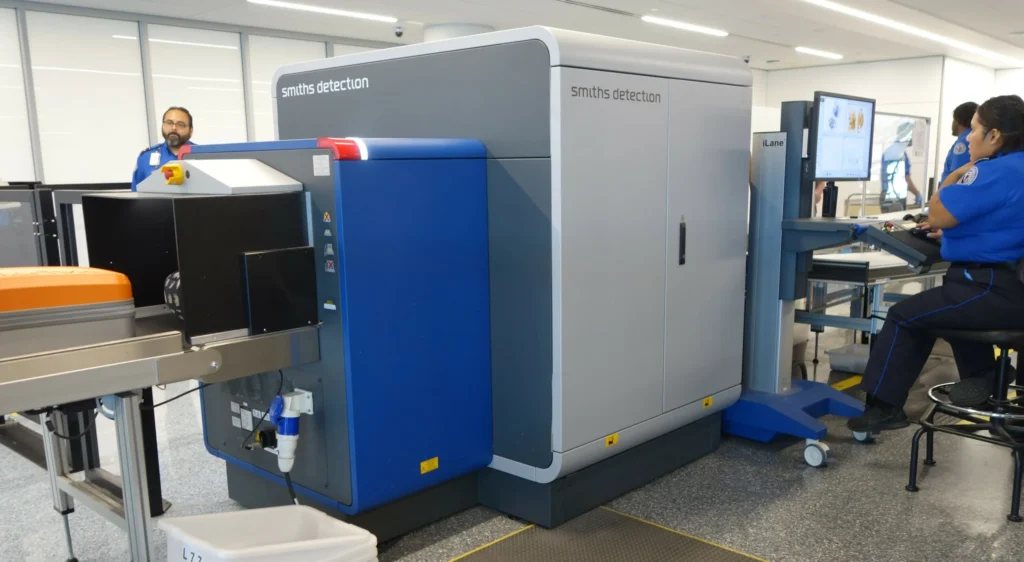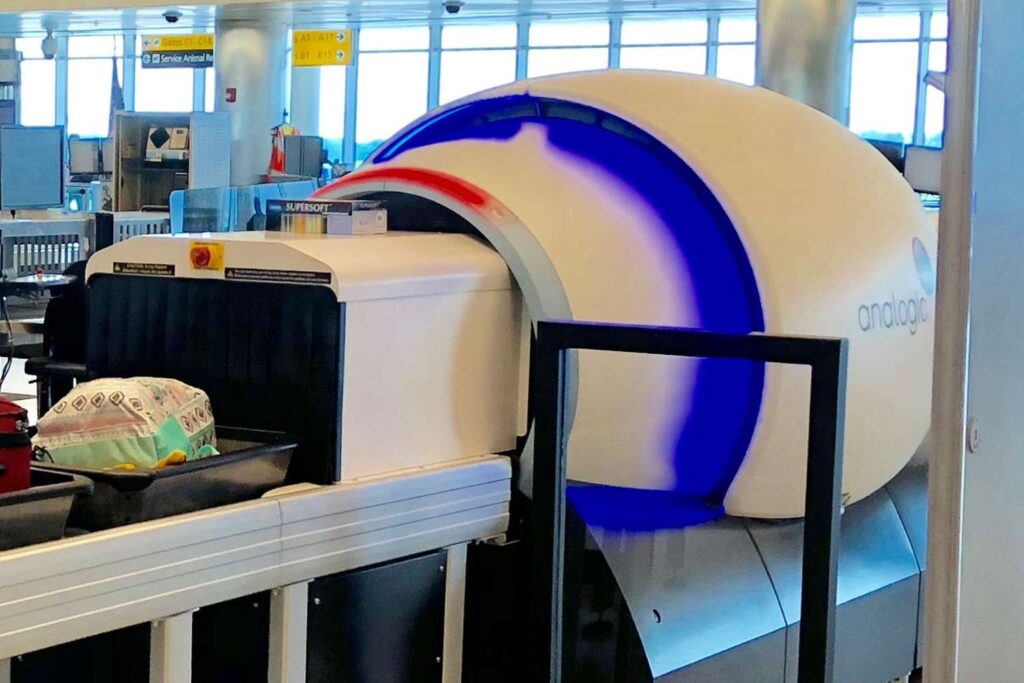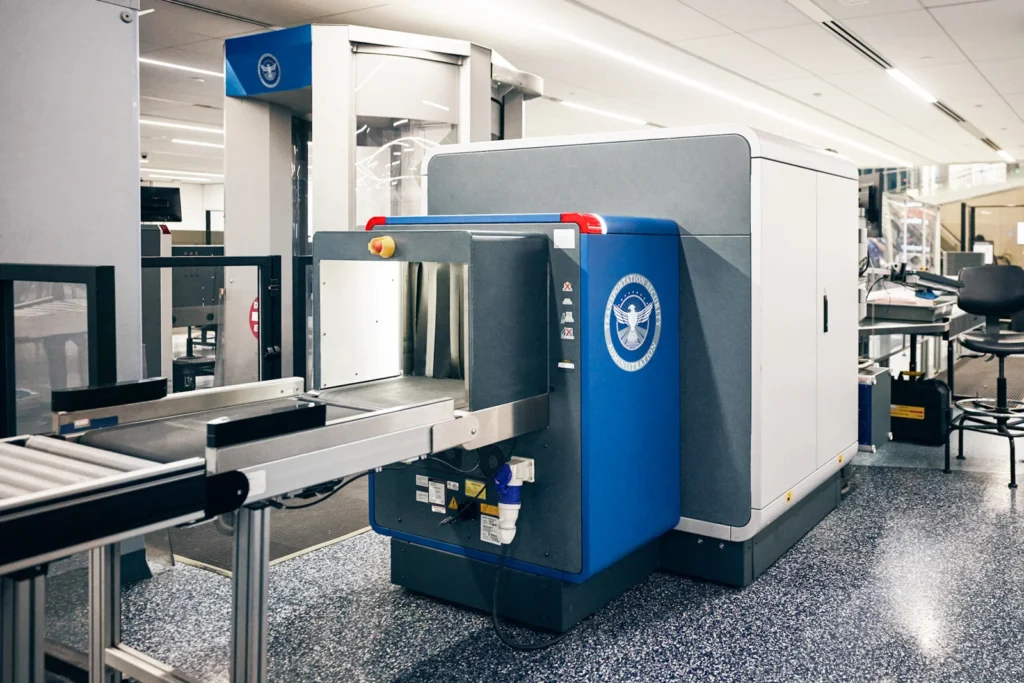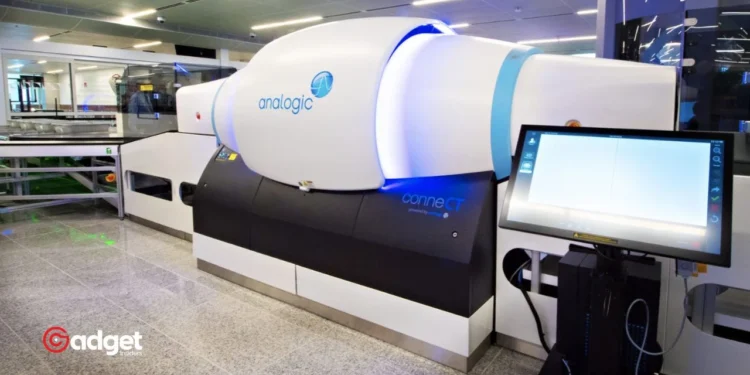With summer vacation season upon us, travelers are eager to navigate through airport security quickly and without fuss. However, behind the scenes, a significant overhaul has taken place to ensure that the privacy and efficiency of security checks are balanced.

Back in 2013, a pivotal change was sparked by widespread concern over the capabilities of the then-used body scanners at airports across the United States. These machines, developed by OSI Systems’ Rapiscan division, became a major privacy concern as they provided full-body infrared images that left little to the imagination, revealing detailed nude images of passengers.
This level of detail caused discomfort among the public and was not the relaxed start to a vacation that anyone would look forward to.
Public Outcry Leads to Technological Advancements
The controversy reached a peak when it was disclosed how explicit the scans were. “There were concerns the scanners showed too much detail,” a statement that resonated with many who passed through them.
This led to the Transportation Security Administration (TSA) demanding a swift resolution, pushing Rapiscan to develop a software solution to address these privacy issues.

However, Rapiscan’s failure to meet the TSA’s June 2013 deadline for a new, less invasive scanning technology led to a significant decision. The TSA opted to sever ties with Rapiscan for their inability to deliver the non-imaging Automated Target Recognition (ATR) software required by Congress.
New Technology in Airport Enhances Passenger Privacy
The shift from Rapiscan’s scanners to new technology was not just a win for privacy but also for efficiency. The new scanners, introduced by L-3 Communications, feature ATR technology that displays only generic images of passengers. This not only speeds up the screening process but enhances security by focusing on potential threats without invading privacy.

“TSA has strict requirements that all vendors must meet for security effectiveness and efficiency,” stated the TSA. This move to more generic imaging technology marks a significant improvement in how travelers’ privacy is treated during the necessary evil of airport security checks.
By June 2013, the transition was noticeable as travelers were greeted by new machines that promised faster lanes and enhanced security, with the assurance that the use of this technology remained optional.
A Balance Between Security and Privacy
The overhaul of airport security scanners is a prime example of technology adapting to societal needs, addressing privacy concerns while ensuring the safety of air travel.
As we head into another busy travel season, the improvements in airport security technology not only mitigate privacy concerns but also streamline the process, allowing travelers to focus on the excitement of their upcoming travels rather than the anxiety of a security check.










